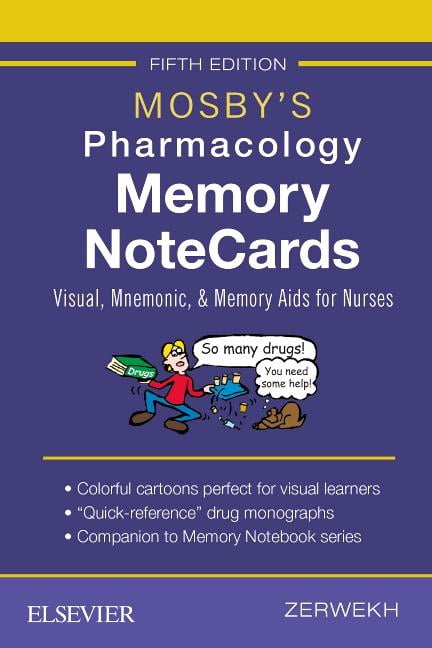

However, people do not consciously think about them. Implicit memories are memories that influence a person’s behavior. However, it would be an episodic memory if the person can remember dissecting a pig heart in school. A person may remember a fact or event that they did not experience because they learned or studied it.įor instance, knowing what the human heart looks like is an example of semantic memory. Semantic memories are general knowledge about the world. Examples of episodic memory include remembering an election, events from childhood, and personal facts, such as if someone is married. These are memories of events or autobiographical facts. Some types of explicit long-term memory include the following. Explicit long-term memoryĮxplicit memories are conscious memories of events, autobiographical facts, or things a person learns. Many researchers divide long-term memory into two subcategories: implicit and explicit.

Most memories that people recall, especially those older than about 30 seconds, are part of long-term memory. See “ Tips to Fix a Slow Running Computer” in the Quick Reference section of Webopedia.Long-term memory stores a wide range of memories and experiences. EEPROM (electrically erasable programmable read-only memory): An EEPROM is a special type of PROM that can be erased by exposing it to an electrical charge.EPROM (erasable programmable read-only memory): An EPROM is a special type of PROM that can be erased by exposing it to ultraviolet light.

But once the PROM has been used, you cannot wipe it clean and use it to store something else. PROM (programmable read-only memory): A PROM is a memory chip on which you can store a program.ROM (read-only memory): Computers almost always contain a small amount of read-only memory that holds instructions for starting up the computer.As soon as the power is turned off, whatever data was in RAM is lost. Most RAM is volatile, which means that it requires a steady flow of electricity to maintain its contents. This is in contrast to ROM, which permits you only to read data. When used by itself, the term RAM refers to read and write memory that is, you can both write data into RAM and read data from RAM. RAM (random-access memory): This is the same as main memory.There are several different types of memory: A computer that has 1 megabyte of memory, therefore, can hold about 1 million bytes (or characters) of information. You can think of main memory as an array of boxes, each of which can hold a single byte of information. Some computers also use virtual memory, which expands physical memory onto a hard disk.Įvery computer comes with a certain amount of physical memory, usually referred to as main memory or RAM. Moreover, the term memory is usually used as a shorthand for physical memory, which refers to the actual chips capable of holding data. The term memory identifies data storage that comes in the form of chips, and the word storage is used for memory that exists on tapes or disks. Memory is internal storage areas in the computer system.


 0 kommentar(er)
0 kommentar(er)
